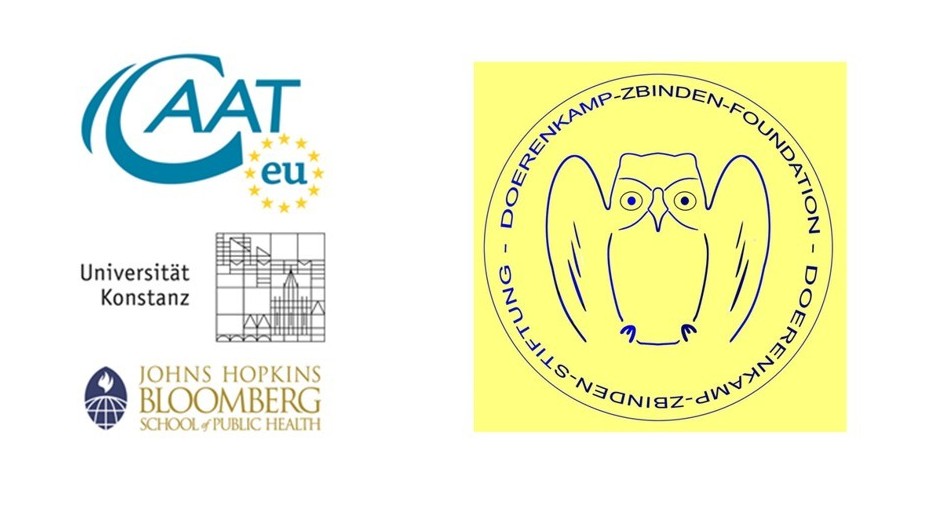Reproducibility, inter-species and human predictivity of animal toxicology
Think tank of the Doerenkamp-Zbinden Foundation and the Center for Alternatives to Animal Testing-Europe (CAAT-Europe)

Time: July 5th – July 7th, 2016
Venue: Konzil Building, Konstanz, Germany
Outline: Toxicology relies traditionally on animals to protect and ensure human safety. Not only in the field of toxicology, but in various biomedical fields animal models are used to examine the human physiology.
For all fields, one would assume:
1) Testing a substance involving an animal model, e.g. Sprague-Dawley rats for uterotrophic features, can mirror and predict the human reaction to the substance;
2) Testing the same substance multiple times, e.g. with the OECD 423 rodent assay protocol for acute oral toxicity, would give same outcomes for all tests, no matter when or where they are preformed;
3) Different species (e.g. mice, rats, rabbits, guinea pigs classified as rodents) predict the human situation to the same comparable and acceptable level. This involves the postulate, that the different species mentioned can predict the response of each other with a significant accuracy.
Examples for predictivity failures of animal models with devastating results are the thalidomide incident, the TG1412 and BIA 10-2474 (BIAL) clinical trials.
This think tank intends to bring together renowned expert in the field to address a) the predictive power of animal models for the human situation, b) the reproducibility of animal data d) the inter- and intra-specie predictive power of animal models.
